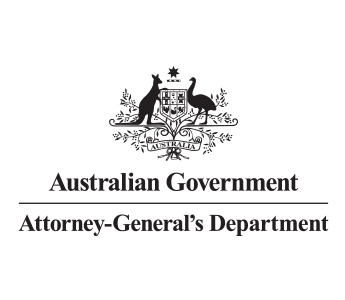Governance, accountability and oversight
Summary
Establish governance, accountability and oversight of processes by using delegations and requiring committees and project boards to oversee critical decisions and risk. Good governance, accountability and oversight increases transparency and reduces the opportunity for fraud.
Why this countermeasure matters
A lack of good governance, accountability and oversight can:
- lead to processes not working properly or becoming uncertain
- cloud the visibility of fraud and corruption risks
- inhibit decisions and actions needed to prevent, detect and respond to fraud and corruption.
How you might apply this countermeasure
Some ways to implement this countermeasure include:
- program/project reporting requirements and governance arrangements to make sure there is transparency and accountability
- executive boards and committees to oversee operations and make decisions
- clearly defining accountabilities and responsibilities
- clear reporting lines and accountability for program/project performance and risk
- risk management plans and regular risk reporting
- dedicated positions to monitor research integrity
- assurance processes, such as pressure testing to test the effectiveness of controls
- processes for internally and externally reporting framework and standards breaches
- frameworks incentivise finding and reporting fraud.
- creating dedicated positions to monitor research integrity.
How to check if your countermeasures are effective
Here are some ways to measure the effectiveness of this type of countermeasure:
- review governance structures to confirm clear reporting lines and accountability for program/project performance and risk.
- confirm executive oversight exists for critical processes and decision-making.
- confirm that risk management plans or fraud risk assessments have been completed and they are monitored and reported to appropriate officials.
- confirm who is accountable for managing the identified fraud risks.
- identify how governance processes and accountabilities are communicated.
- undertake a staff census and particularly ask questions relevant to strategic direction and executive engagement.
- review APSC Census Results if you are Commonwealth entity.
Related countermeasures
This type of countermeasure is supported by:
A positive workplace culture can encourage ethical and supportive behaviours while discouraging fraudulent or corrupt activities. Staff will be less able to rationalise fraudulent or corrupt activities where a positive workplace culture exists. A culture built on honesty, transparency and integrity is a key organisational strength that can serve to reduce the risk of fraud. If weak countermeasures are the fuel, a bad culture can be the spark that ignites fraud and corruption.
Legislation and policy can help prevent, detect and respond to fraud, such as by outlining clear rules, regulations and criteria, allowing entities to collect, use and disclose information and allowing entities to enforce penalties and recover fraud losses.
Develop clear instructions and guidance for activities and processes, such as instructions for collecting the right information to verify eligibility or entitlements, procedures to help staff apply consistent and correct processes and guidance to help staff make correct and ethical decisions.
Make sure a manager, independent person or expert oversees actions and decisions. Involving multiple people in actions and decisions increases transparency and reduces the opportunity for fraud.
Collaborate with strategic partners such as other government entities, committees, working groups and taskforces. This allows you to share capability, information and intelligence and to prevent and disrupt fraud.
Clearly document decision-makers using delegations, authorisations and instructions. Clearly defined decision-making powers increase transparency and reduce the opportunity for fraud and corruption.
Publish information on your entity’s decision-making processes, decisions made, successful tenderers or grantees, incidents and breaches.
Internal or external audits or reviews evaluate the process, purpose and outcome of activities. Clients, public officials or contractors can take advantage of weaknesses in government programs and systems to commit fraud, act corruptly, and avoid exposure.
Prepare summary reports on activities for clients, managers or responsible staff.

